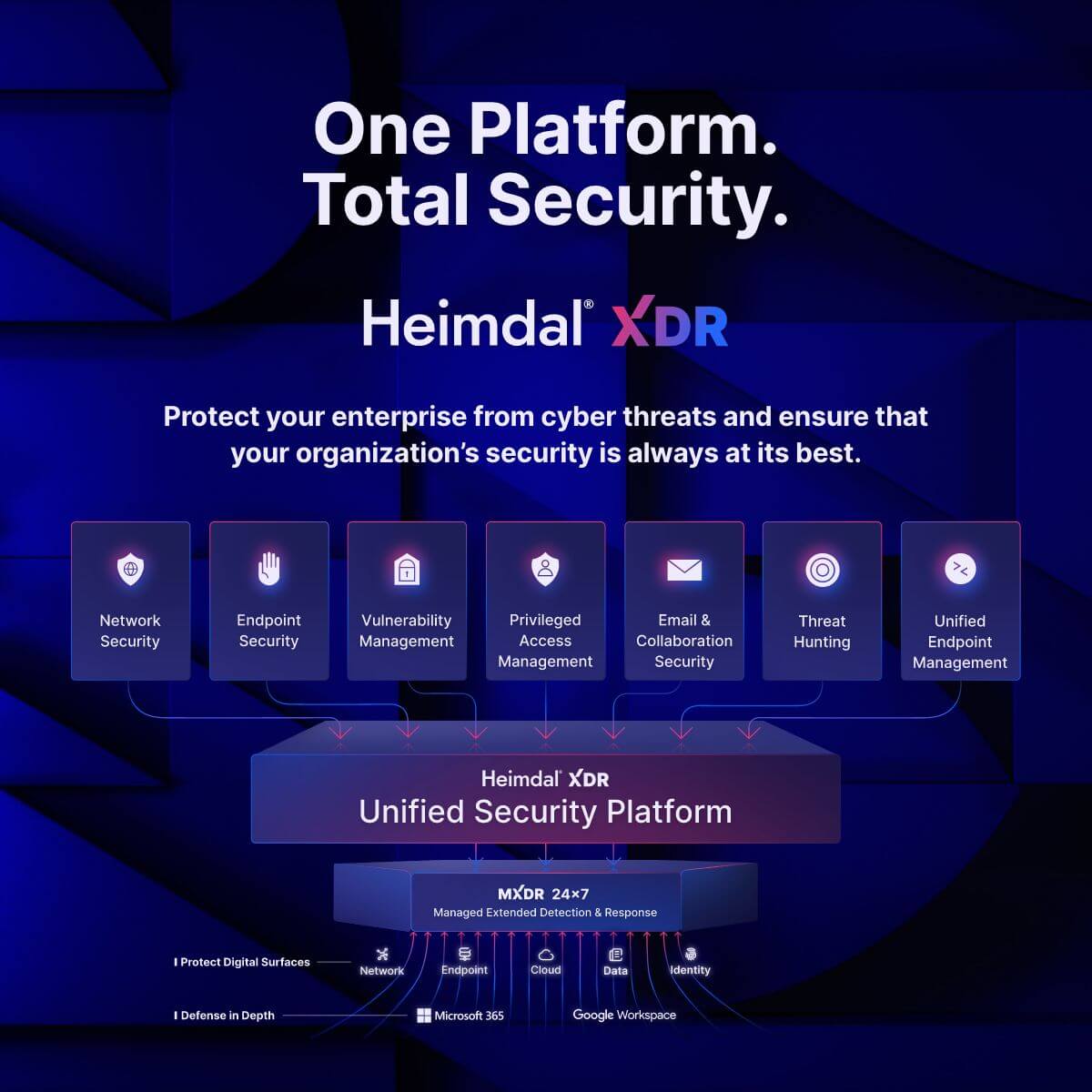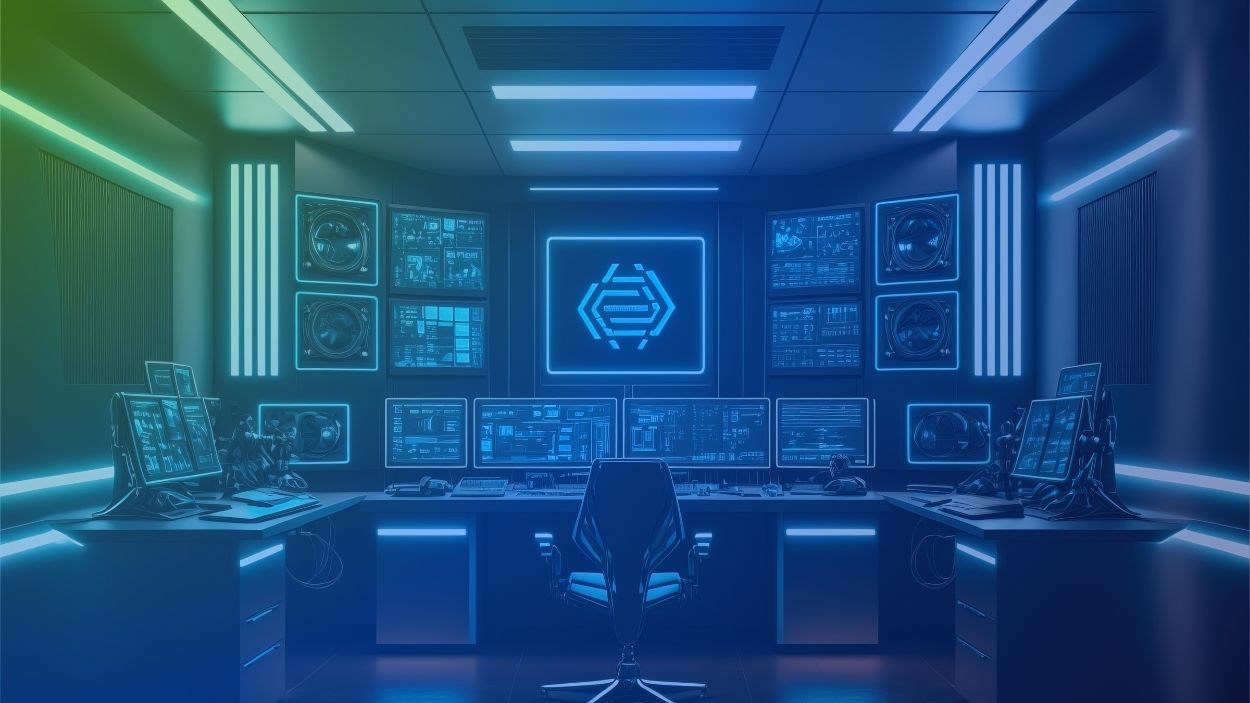Contents:
Consolidated platforms in cybersecurity are the new trend in the industry.
In itself, cybersecurity platform consolidation is the strategic process of an organization to integrate diverse cybersecurity tools into a single system.
This became the move for more and more organizations in the last years, as unified solutions responds to their need to optimize performance, leverage consistency, and reduce costs.
In this article we will take a look at the main benefits of adopting a consolidated platform in cybersecurity.
Let’s see how unified consolidated platforms help businesses gain the upper hand in the fight against threat actors!
Top 3 Benefits of Consolidated Platforms in Cybersecurity
A whopping 95% of organizations believe that a unified cloud security platform would enhance data protection across their entire infrastructure, and the stats show they’re right.
Studies highlight organizations that implemented a unified cybersecurity platform detected and responded to threats 50% faster than those using disparate solutions.
But we will get into more details as we progress through the article. Here are3 of the main benefits of adopting a consolidated platform:
1. Consolidated Platforms Provide Unified Cybersecurity and Boost Employee Productivity
As per Gartner, by unifying various security tools into a single platform organizations gain a comprehensive view on their security posture.
So a consolidated cybersecurity platform empowers security teams to monitor, manage, and respond to threats across all endpoints and networks from a single, integrated dashboard.
By consolidating solutions like patch management, threat prevention, and privileged access management into one cohesive dashboard, teams can streamline operations, enhance efficiency, and eliminate the need to switch between multiple interfaces.
This way, platform consolidation boosts employee productivity both inside and outside of IT, resulting in lower downtime and increased efficiency.
2. Consolidated Platforms Can Help Reduce Costs
Implementing a consolidated cybersecurity platform can lead to substantial cost reductions. Companies won’t need to implement security solutions from multiple vendors, having the tools they need from a single vendor in a unified space.
Overall this leads to organizations lowering expenses related to licensing, training and support. Additionally, consolidated platforms often offer scalable solutions that adapt to the evolving needs of an organization, providing financial benefits in the long run.
Opting for a security suite from a single MSSP is much more cost-effective, and the more meaningful, centralized insights that consolidated platforms provide help fine-tuning the cybersecurity posture, thus generating a significant ROI.
3. Consolidated Platforms Enhance Defense and Minimize Attack Surface
Consolidated platforms can help IT admins keep up with new risks, resolve them as soon as they occur, and increase incident response time.
A study showed that by integrating multiple security tools, these platforms can decrease redundant alerts by up to 80%, allowing security teams to focus on genuine threats.
Furthermore, using a consolidated platform allows for the identification of complex attack patterns that might be missed when using isolated solutions.
Naturally, they help minimize the attack surface.
Additionally, unified platforms give businesses the option to purchase or develop adjacent technologies (such as Zero-Trust, for instance) and incorporate them into the platform.

Source: Gartner
Platform Consolidation – Heimdal‘s Focus Even Before It Became a Trend
More and more businesses are turning to cybersecurity platform consolidation as a result of a hybrid workforce and data that is available everywhere to everyone. Heimdal foresaw this trend and began focusing on it long before it was widely recognized in the industry.
In September 2021, Heimdal’s Founder and Chairman, Morten Kjaersgaard, was mentioning unification as one of the top trends to expect in 2022:
When it comes to cybersecurity trends, the shift towards extended detection and response and unified endpoint management might be the most important. XDR brings a cross-layered detection and response approach, improving security by looking at endpoints, servers, clouds, networks, and email agents, and enhances productivity while substantially reducing costs. Unified endpoint management will also be crucial for an effective cybersecurity strategy, enhanced productivity and reduced costs, offering the much-needed real-time data visibility that all company owners must have at any time.
Morten Kjaersgaard, Founder and Chairman, Heimdal
Even before the publication of Morten’s article, Heimdal concentrated on consolidating its product line, designing our solutions to combine and offer a smooth experience, accessible through a unified, user-friendly dashboard.
As Morten notes when explaining the Heimdal cybersecurity strategy:
Within a dashboard that combines intelligence from several or all of the Heimdal solutions, IT administrators, CIOs, and CISOs can use this unification to monitor the enterprise’s cybersecurity state, manage threats, and respond to them as quickly as possible. However, in the long run, it’s not just about unification; it’s also about the time saved by having a user-friendly platform that doesn’t tie itself in knots when trying to solve a problem.
Morten Kjaersgaard, Founder and Chairman, Heimdal
Heimdal XDR: The Next Level of Security
So far you’ve seen how a consolidated platform can help improve the overall security in your organization, and take some stress of your IT team to concentrate on more important matters.
Choosing the right platform depends on the security needs of your company. At Heimdal, we want to make sure that whatever you want in terms of security, we can help you. This is why we came up with Heimdal XDR and perfected it to ensure it is the only platform you will ever need for unparalleled protection.

Leading the way in cybersecurity innovation, the Heimdal XDR gives businesses a potent tool to proactively identify, address, and neutralize sophisticated threats throughout their whole digital environment. Traditional security methods and the administration of different instruments are inadequate in a period of increasing threats.
Heimdal XDR offers a thorough and cohesive approach to cybersecurity, protecting the vital resources, personnel, and information of your company from the ever-evolving threats.
Compared to conventional point security solutions that work in silos, our XDR platform offers complete visibility across your whole IT infrastructure is made possible by this smooth connection, which speeds up and improves threat detection and response.
This results in a significant reduction in the time required to identify and address security incidents.
Like we spoke about earlier, the consolidation model helps simplifying security management by removing the need for disparate solutions. The result is lower costs and better utilization of your SecOps and IT resources.
Here is what you can get from Heimdal XDR:
- Network Security;
- Endpoint Security;
- Vulnerability Management;
- Privileged Access Management;
- Email & Collaboration Security;
- Threat Hunting;
- Unified Endpoint Management
We are aware that in order to protect your endpoints, networks, emails, identities, data, and everything else from cyber threats, you want accurate monitoring and fast action. For this reason, our service combines the necessary resources and security knowledge to give you the best protection possible.


 Network Security
Network Security
 Vulnerability Management
Vulnerability Management
 Privileged Access Management
Privileged Access Management
 Endpoint Security
Endpoint Security
 Threat Hunting
Threat Hunting
 Unified Endpoint Management
Unified Endpoint Management
 Email & Collaboration Security
Email & Collaboration Security













